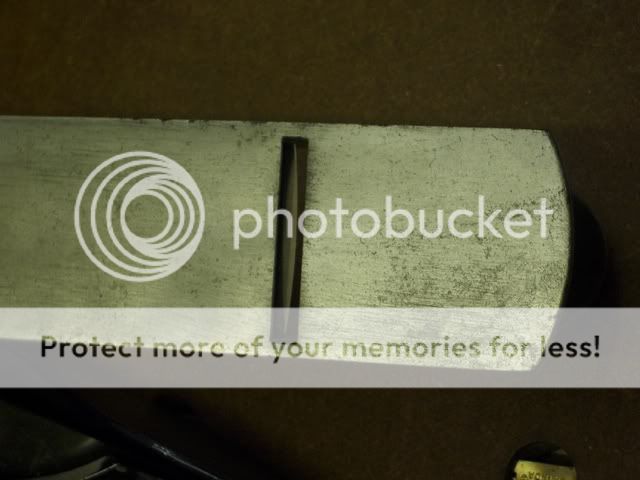MattB
Member
Hello - first post. I've been a dabbling wood worker for many years but am mostly familiar with using old hand tools. I am not at all experienced with either jointers or thicknessers.
I have a project involving *a lot* of reclaimed teak. The planks are up to 8" wide and 1.5" thick are all in a poor cosmetic state, and some have got rot that needs machining away. Some planks are twisted and some very convex.
I have used a combination of newly acquired power plane (Dewalt D26500K) and a Stanley No 6 hand plane to produce 1" flat parallel sided planks but it is a slow process. A machine with a bed would clearly help here, but what? Are cheaper jointers with HSS blades going to be given short shrift by a lot of teak? Should I only be looking at something with TCT blades? Can a jointer used carefully and with patience produce as good results as a thicknesser as well as of course as be used for edge work. I could afford to spend £400 on a machine that would help me out.
Hope the answers to these questions are obvious!
I have a project involving *a lot* of reclaimed teak. The planks are up to 8" wide and 1.5" thick are all in a poor cosmetic state, and some have got rot that needs machining away. Some planks are twisted and some very convex.
I have used a combination of newly acquired power plane (Dewalt D26500K) and a Stanley No 6 hand plane to produce 1" flat parallel sided planks but it is a slow process. A machine with a bed would clearly help here, but what? Are cheaper jointers with HSS blades going to be given short shrift by a lot of teak? Should I only be looking at something with TCT blades? Can a jointer used carefully and with patience produce as good results as a thicknesser as well as of course as be used for edge work. I could afford to spend £400 on a machine that would help me out.
Hope the answers to these questions are obvious!




































